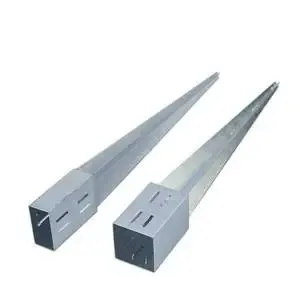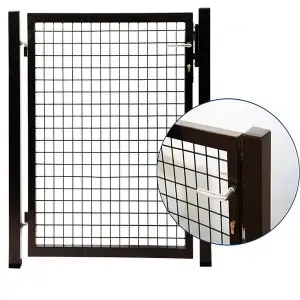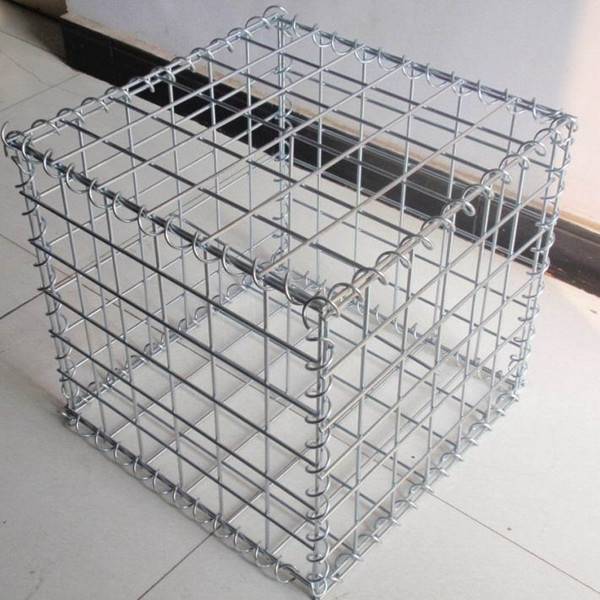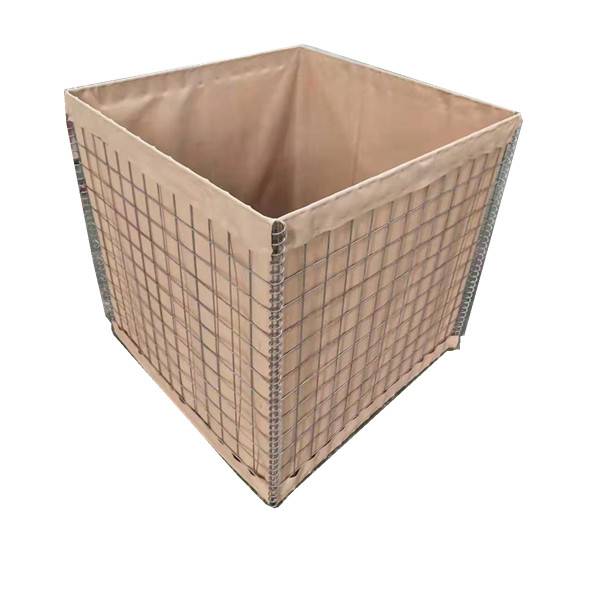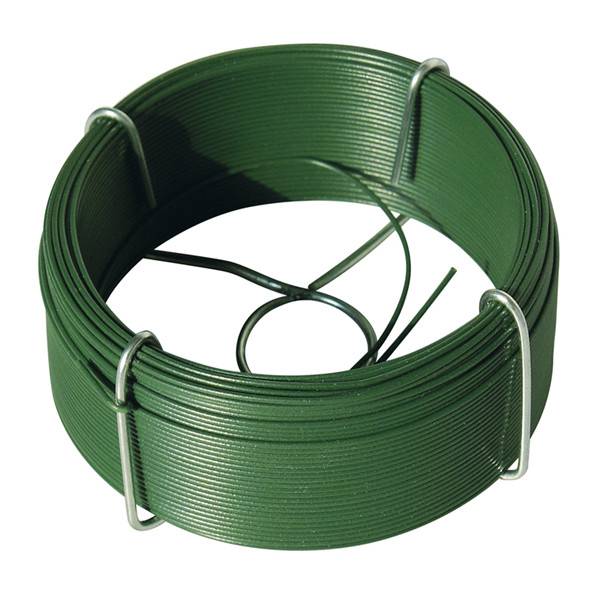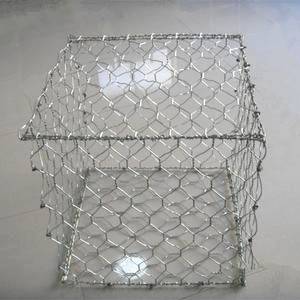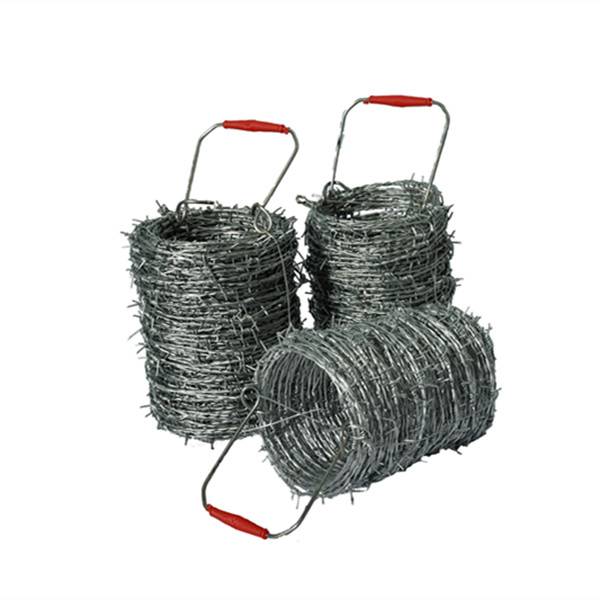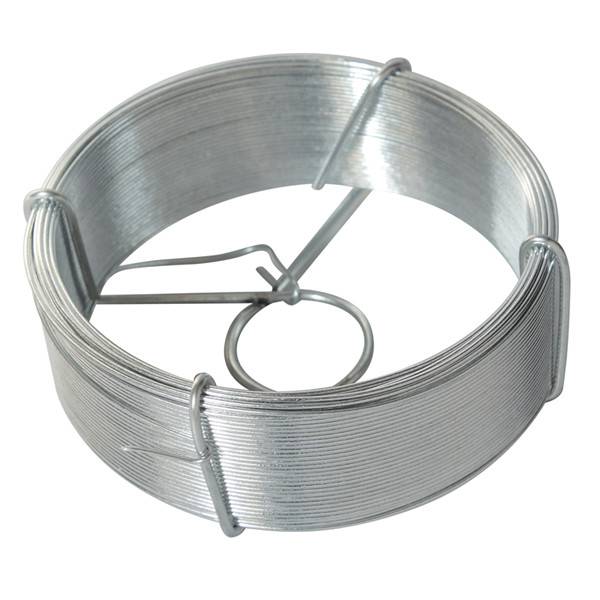
Jul . 06, 2025 06:35 Back to list
Affordable GI Wire Mesh Price Top Fencing Mesh & PVC Coated Wire Mesh Cost GI Wire Mesh Price List
- Introduction to GI Wire Mesh Price and Market Trends
- Key Technical Advantages of GI Wire Mesh
- Comparative Analysis: GI, Fencing Mesh & PVC Coated Wire Mesh Prices
- Manufacturers Comparison Based on Price and Quality
- Customization Options for Different Applications
- Application Cases: Industrial and Residential Deployment
- Conclusion: GI Wire Mesh Price and Future Perspective
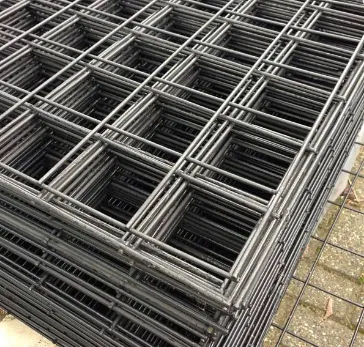
(gi wire mesh price)
Introduction to GI Wire Mesh Price and Market Trends
In recent years, the gi wire mesh price
has become a decisive factor for buyers in construction, industrial, and agricultural sectors. Traditionally selected for its durability and corrosion resistance, galvanized iron (GI) wire mesh stands out for value versus longevity. The global fencing mesh wire market size surpassed $7.1 billion in 2023 and is expected to grow at a CAGR of over 5.4% from 2024 to 2030. Both contractors and end-users are faced with multiple choices – from standard GI mesh to fencing mesh wire and specialized PVC coated alternatives. The fluctuating raw material costs, mainly steel and zinc, as well as evolving manufacturing techniques, directly impact pricing trends. Understanding how these components interact helps buyers and decision-makers to optimize investments, whether focusing on large infrastructure or custom perimeter fencing solutions.
Key Technical Advantages of GI Wire Mesh
Galvanized iron wire mesh offers a blend of strength, ductility, and corrosion resistance that differentiates it from other fencing materials. The hot-dip galvanization process enhances the mesh’s lifespan, making it suitable for aggressive environments, including coastal and industrial areas prone to high humidity or chemical exposure. Mesh aperture can be customized between 6 mm x 6 mm to 50 mm x 50 mm, while wire diameter typically ranges from 0.6 mm to 5 mm. A zinc coating above 40 gsm is industry standard; premium products push this to up to 300 gsm, extending outdoor service life to 20+ years with minimal maintenance. Compared to plain iron or low-zinc alternatives, GI mesh delivers enhanced mechanical integrity under tension and prolonged exposure. Additionally, new automated weaving methods contribute consistent mesh opening and wire uniformity. Buyers also favour it due to cost efficiency: when evaluated at year-on-year lifecycle costing, GI wire mesh remains 20-30% more cost-effective than non-galvanized alternatives or high-grade stainless mesh under similar conditions.
Comparative Analysis: GI, Fencing Mesh & PVC Coated Wire Mesh Prices
Selecting the right mesh type requires understanding not only performance but also price structures. The table below compares typical market prices and primary attributes as of Q2 2024:
| Product Type | Average Price (per sq.m, USD) | Coating Type | Service Life (years) | Maintenance Frequency |
|---|---|---|---|---|
| GI Wire Mesh | 1.25 - 1.90 | Galvanized | 15 - 25 | Low (once/5 years) |
| Fencing Mesh Wire | 1.10 - 1.80 | Galvanized/Painted | 10 - 20 | Medium (every 3 years) |
| PVC Coated Wire Mesh | 1.70 - 2.50 | Galvanized + PVC | 20 - 30 | Very Low (once/8 years) |
As illustrated, the pvc coated wire mesh price is generally higher, justified by exceptional resistance to UV radiation and aggressive chemicals. However, the fencing mesh wire price remains competitive, especially for shorter-term or interior applications. When obtaining a gi wire mesh price list from credible sources, volume discounts and local supply chain efficiency further influence final purchase cost. For large procurement projects, spot market analysis and pre-order agreements help buffer against steel and zinc volatility.
Manufacturers Comparison Based on Price and Quality
Supplier selection remains central to achieving optimal wire mesh solutions. Internationally, top-tier manufacturers such as Betafence (Belgium), The HeBei Anping Group (China), and Tata Wiron (India) offer varying blends of quality, scale, and customization. Betafence is recognized for strict EU compliance and process traceability, reflected in their pricing of approximately 2.10 USD/sq.m for GI mesh and longer warranty spans. HeBei Anping dominates in volume production; their standard GI mesh sells for 1.35-1.50 USD/sq.m with excellent adaptability for bespoke mesh sizes. Tata Wiron merges robust hot-dip technology with aggressive local pricing, reportedly 1.30 USD/sq.m in the Asia-Pacific region. Warranty terms typically range from 5 to 15 years depending on mesh gauge and coating thickness. Beyond price, savvy buyers evaluate supplier consistency, lead time, and after-sales technical support, making a holistic approach essential. Domestic producers may provide logistical advantages but can lag in zinc-coating range or automated production accuracy.
Customization Options for Different Applications
Tailoring wire mesh parameters to exact specifications ensures optimal performance while managing costs. Leading factories offer extensive customization across mesh grid size, wire thickness, coating method, and edge finishing. For perimeter fencing in agriculture, a standard mesh size of 25 mm x 25 mm at 2.0 mm wire is often preferred, balancing animal control with material economy. Industrial applications such as conveyor guards demand tighter apertures (6 mm x 6 mm) at 3.0 mm+ wire to prevent ingress. PVC coated options enable colour matching to corporate branding with additional weatherproofing. Sheet dimensions can be supplied up to 3 m x 50 m rolls, facilitating rapid site deployment. Beyond traditional hot-dip, electro-galvanized or mechanically plated finishes deliver alternative corrosion protection levels for unique environments. Specification documents typically outline mesh tolerances (+/- 5% standard), which leading suppliers can further tighten on request. This adaptability allows buyers to precisely align their purchase with intended use, whether prioritizing lifespan, visual uniformity, or upfront cost.
Application Cases: Industrial and Residential Deployment
Wire mesh remains indispensable across a spectrum of projects. In industrial logistics parks in Eastern Europe, large-scale deployments exceeding 80,000 sq.m per site have preferred GI mesh due to rapid installation and a projected 18-year durability. In Middle East agricultural ventures, over 120 km of fencing mesh wire has been installed as livestock barriers, benefitting from standardized yet robust mesh sizes. A major urban redevelopment in Singapore utilized PVC coated wire mesh in a hospital security perimeter – the project’s final specification called for 30 mm x 30 mm mesh with a 2.5 mm wire core, delivering vandal resistance and understated aesthetics. Residential clients frequently select galvanized fencing mesh as animal enclosures or boundary markers, typically requiring no more than basic maintenance over a 15-year lifecycle. In special cases, such as chemical storage fencing, premium triple-galvanized options with custom anti-climb profiles are deployed, offering up to 30 years of safe performance. These real-world instances underscore the critical relationship between mesh type, intended application, and budgetary allocation.
Conclusion: GI Wire Mesh Price and Future Perspective
The current overview of gi wire mesh price indicates robust competitiveness in the fencing material marketplace. As demand grows for reliable, long-lasting, and cost-effective security or construction solutions, advances in automated production, higher zinc-coating grades, and new surface finishing options continue to propel the industry forward. Buyers benefit not just from a comprehensive gi wire mesh price list but also from tailored guidance, ensuring each project achieves the optimal mix of price and performance. While the market outlook projects steady price increases aligned with steel and zinc commodity cycles, proactive sourcing, specification precision, and quality assurance practices enable contractors and developers to sustain maximum value. As applications diversify—from high-security facilities to urban landscaping—GI wire mesh remains a cornerstone, driven by its adaptability and favorable economics.
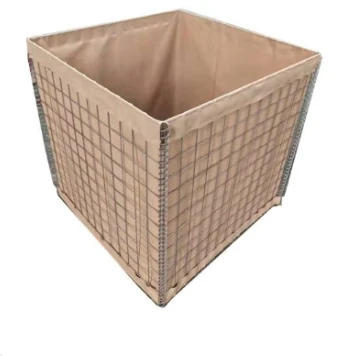
(gi wire mesh price)
FAQS on gi wire mesh price
Q: What factors affect the gi wire mesh price?
A: The price of gi wire mesh depends on wire thickness, mesh size, and zinc coating. Market demand and order quantity also influence the final cost. Prices may vary between suppliers and regions.Q: How does fencing mesh wire price compare to gi wire mesh price?
A: Fencing mesh wire price can be similar to gi wire mesh price if made from galvanized iron. However, fencing mesh may differ in gauge or design, affecting the cost. Always compare specifications for accurate pricing.Q: Is pvc coated wire mesh price higher than standard gi wire mesh?
A: Yes, pvc coated wire mesh usually costs more due to the extra plastic coating process. The coating adds durability and corrosion resistance. Expect a premium over standard gi wire mesh prices.Q: Where can I find a reliable gi wire mesh price list?
A: Most suppliers or manufacturers provide a gi wire mesh price list on their websites or upon request. You can also contact them directly for customized quotations. Online industry marketplaces may offer comparative price lists as well.Q: Can I get discounts on large orders for fencing mesh wire or gi wire mesh?
A: Yes, many suppliers offer bulk purchase discounts on fencing mesh wire and gi wire mesh. The final price per unit usually decreases as order size increases. Contact the supplier for details on bulk pricing.-
Custom Weld Mesh – Tailored Solutions for Durable Industrial Fencing & Construction
NewsNov.24,2025
-
Comprehensive Guide to Chicken Welded Wire Mesh: Uses, Benefits & Suppliers
NewsNov.23,2025
-
BRC Weld Mesh – Durable Reinforcement Solutions for Modern Construction
NewsNov.23,2025
-
Durable BRC 3315 Mesh for Reliable Concrete Reinforcement | Hardware In Store
NewsNov.23,2025
-
Discover the Benefits of Green Weld Mesh – Durable, Sustainable Fencing Solutions
NewsNov.22,2025
-
Electro Welded Mesh: Durable, Versatile Steel Grid Solutions | HardwareInStore
NewsNov.22,2025
Products categories




